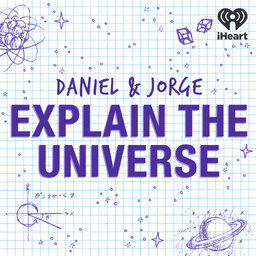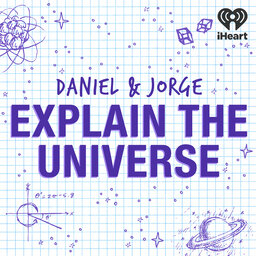Could a solar flare wipe out humanity?
Daniel and Jorge explain the physics of our chaotic Sun and why its so hard to predict whether or not it might kill us!
Learn more about your ad-choices at https://www.iheartpodcastnetwork.com
See omnystudio.com/listener for privacy information.
 Daniel and Jorge Explain the Universe
Daniel and Jorge Explain the Universe


